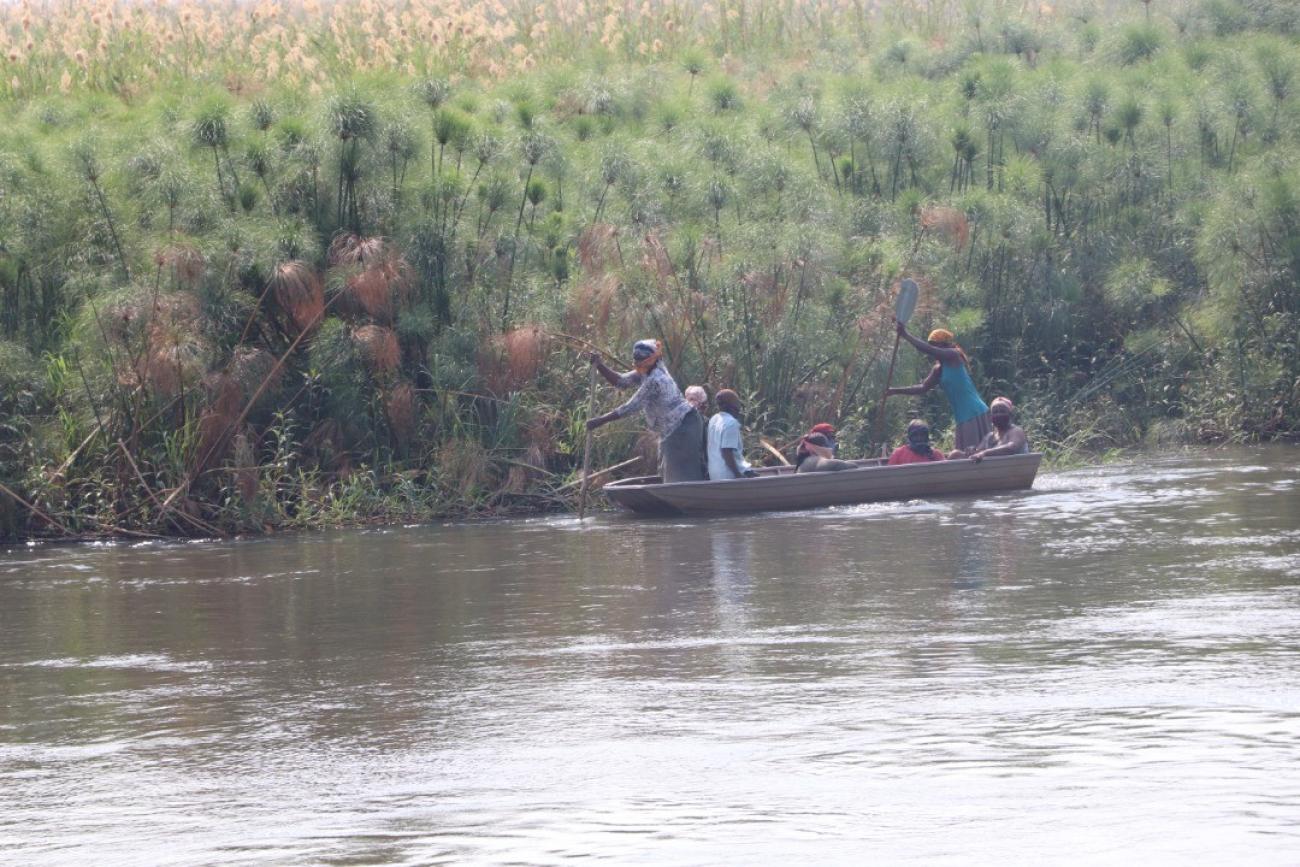The project, a Government of Botswana and UNDP initiative, aims to improve the state of conservation at World Heritage properties.
The Government of Botswana through the Ministry of Environment, Natural Resources Conservation and Tourism in partnership with United Nations Development Programme-GEF Small Grants Programme (SGP) recently organized two engagements with stakeholders on the 21st and 23rd of September 2020 in Shakawe and Maun in the North-West District respectively for the COMPACT replication project. The project is being implemented in the Panhandle of the Okavango World Heritage site in Botswana and it aims to improve the state of conservation in World Heritage properties, by increasing community involvement and generating direct economic benefits to local communities.
The first engagement was held on the 21stSeptember in Shakawe with key stakeholders in the Panhandle of Okavango Delta as project beneficiaries to validate the draft Okavango World Heritage site strategy developed through COMPACT replication project which seeks to engage local communities in the conservation and management of the World Heritage sites in Africa. The meeting brought together community leadership/ Representatives of Dikgosi for the villages of Shakawe, Seronga and Samochima, the District Officer- Development for Gumare Sub District, Technical Advisory Group of Gumare Sub-District and representatives of the Community Based Organisations in the Panhandle of the Okavango delta.
The second engagement was held on the 23rd of September with the Okavango Wetland Management Committee as the Technical Reference Group and Local Consultative Body (LCB) for the COMPACT replication project in order to review the draft Okavango Delta World Heritage site strategy submitted by the consultant. According to Abigail Lillian Engleton, National Coordinator- Global Environment Facility Small Grants Programme, once reviewed by LCB it will then proceed for further review and approval by the GEF/SGP National Steering Committee.
“Development of a site strategy is great milestone of the COMPACT replication project as this key document will guide and support Programming by Government, SGP and other stakeholders in the Panhandle of the Okavango Delta,” Abigail Lillian Engleton, National Coordinator- Global Environment Facility Small Grants Programme
Engaging local communities in the management of the World Heritage Sites in Africa – COMPACT Replication at Okavango World Heritage Site
The Okavango Delta is located in the north-west of Botswana and comprises of permanent marshlands and seasonally flooded plains. It is commonly referred to as the “jewel of Kalahari” owing to its uniqueness. It is one of the very few major interior delta systems that do not flow into a sea or ocean, with a wetland system that is almost intact. The delta has two international designation under the Ramsar and the World Heritage Convention, and this has contributed to the protection and management of the landscape. The site was designated as a Wetland of International Importance (Ramsar Site) on 12 September 1996. At the 38th session of the World Heritage Committee in 2014, it was inscribed on the World Heritage List as the 1000th World Heritage Site due to its exceptional biodiversity and scenic values. As a World Heritage site, it is a protected cultural and natural heritage of international importance under the United Nations Educational, Scientific and Cultural Organization’s (UNESCO) World Heritage Convention. The double designation status underscores the significance of the Delta on a global map and demonstrates the integration of conservation and preservation with sustainable use of the wetland.
This story was originally published by UNDP Botswana and can be found here.







